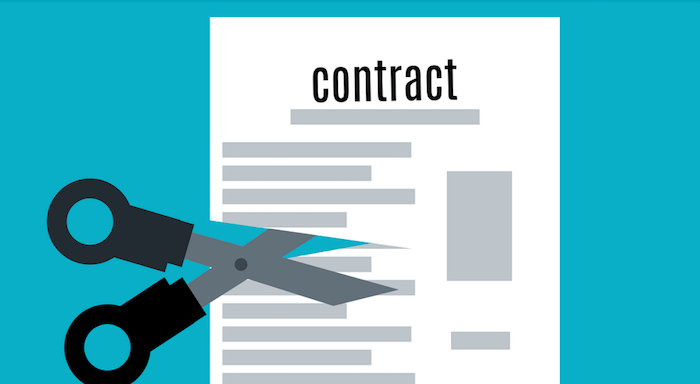If you enjoyed our last installment of the best GEICO commercials you should enjoy these gems just as much, if not more!
Full Coverage Motorcycle Insurance
If you are ready to get your motor running and head out on the highway, you should be aware of one important thing: In practically every jurisdiction, you need a minimum level of coverage before you can legally turn the key and cruise the open road. This minimum level of coverage varies state to state, but usually this means you must purchase at least liability coverage.
In case you cause an accident, your liability coverage will take care of the costs of property damage and bodily injury sustained by other motorists or by pedestrians. This protects other drivers on the road and also protects your assets: In such a case, the insurance company should take care of most – if not all – of the costs that other people incur because of the accident.
Liability Coverage Has its Limits
However, unlike the great American highway, liability coverage has its limits. First, the amount that the insurance provider will pay out is not terribly high. If you – heaven forbid – cause a multi-car pileup on the Interstate, any costs above what your policy covers will have to come out of your pocket.
And second, a liability-only policy does not pay for your own costs should you be at fault in an accident. You’ll have to reach deep to pay for repairs to your beloved wheels as well as any injury done to your own person.
The safest option? Full coverage insurance.
Full Coverage Takes Care of Nearly Every Situation
Full coverage insurance functions for motorcycle operators much the way it does for automobile operators, and most full coverage policies feature three forms of protection: liability, collision and comprehensive.
As we discussed above, liability insurance protects you from other people’s expenses if you were to cause an accident, up to the limit imposed by the policy itself.
Collision insurance takes care of the damage to your motorcycle as the result of an accident: paying to repair or replace your bike. If the cost of repairs exceeds the total value of your motorcycle, the insurance provider might replace it entirely if your coverage matches the current market value of the bike.
An important thing to keep in mind is the policy’s deductible. This is what you must pay out-of-pocket first before the policy begins to pay for damage to your motorcycle. Confident riders might want to select a high deductible, which lowers their monthly premiums. In this case, you are literally banking on not being in an accident. But if you were, you’d have a fair amount to pay up front before your coverage kicks in.
On the other hand, motorcycles inherently carry more risk than standard automobiles. In a battle with a car or truck, the motorcycle loses, not to mention the high potential for serious injury. So, if you can afford it, you might consider selecting a lower deductible and higher premiums.
And finally, comprehensive insurance takes care of just about everything else not covered by liability or collision protection. For example, if your ex-girlfriend decides to key up your custom paint job, that would be covered by comprehensive insurance. This coverage also would kick in if your bike were stolen, or if it were damaged by hail or some other force of nature – basically, any damage that occurs outside of an actual collision.
As with collision insurance, comprehensive insurance usually carries a deductible – the amount you must pay first before coverage kicks in. If you live in a relatively safe area and keep your bike locked in a garage, a high deductible (which translates into lower premiums) may be appropriate for you. Conversely, if you are worried about theft or vandalism, you might consider a lower deductible and higher premiums.
Do You Need Even More Coverage?
Liability, collision and comprehensive coverage are the three types of coverage that any full coverage policy should provide. You also should consider other extras that could offer even better protection should the worst scenario happen. One of the most useful types of coverage is the umbrella policy. This type of policy works this way: Each form of coverage your policy provides – liability, collision and comprehensive – has a limit. Each limit is the maximum amount your insurance provider will pay when you incur costs covered under that part of the policy. However, these limits could easily be exceeded if, for example, your motorcycle is particularly expensive or has one-of-a-kind customization that would have to be redone. Or, if you were to cause a particularly bad accident with multiple people involved, your liability limit could be maxed out fairly quickly.
However, with an umbrella policy, your liability coverage limit will be raised significantly. If you can afford a high-priced bike, you also might consider paying the extra cost for umbrella coverage.
So … whether you ride a rice burner or a H.O.G., whether it’s a zippy motorbike or a beefy Goldwing, you need protection for your two-wheeled investment just like you do for your four-wheeled ones. Examine your insurance needs and risks and make the right choice for you and your bike.



